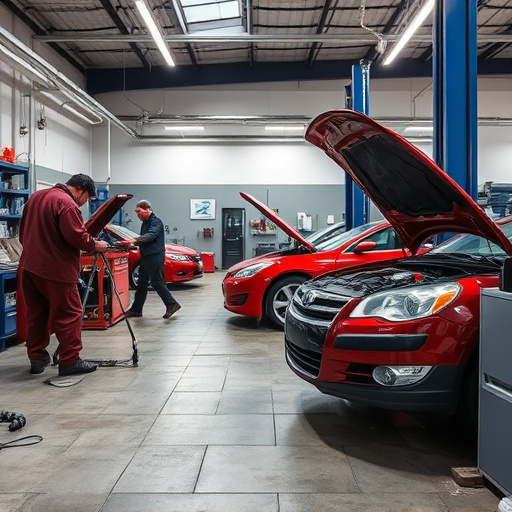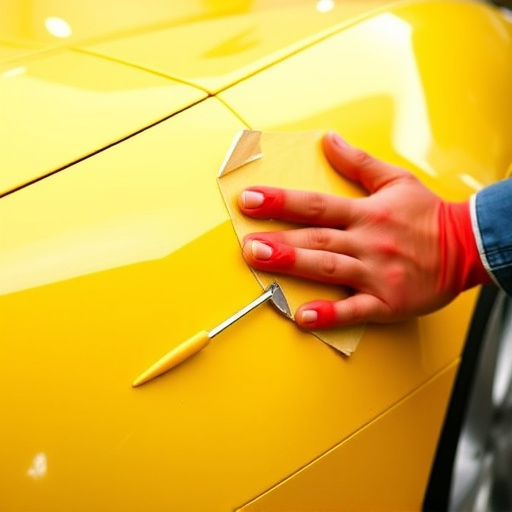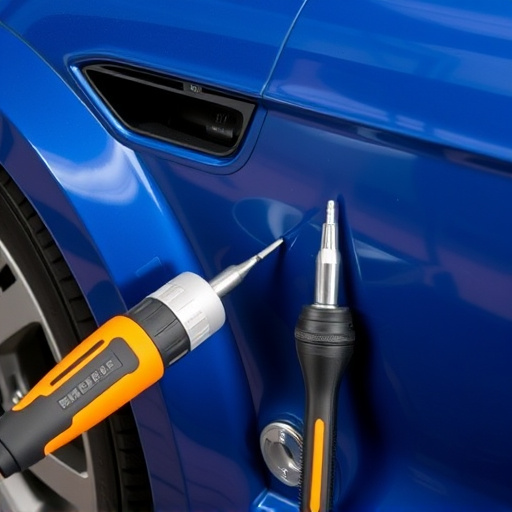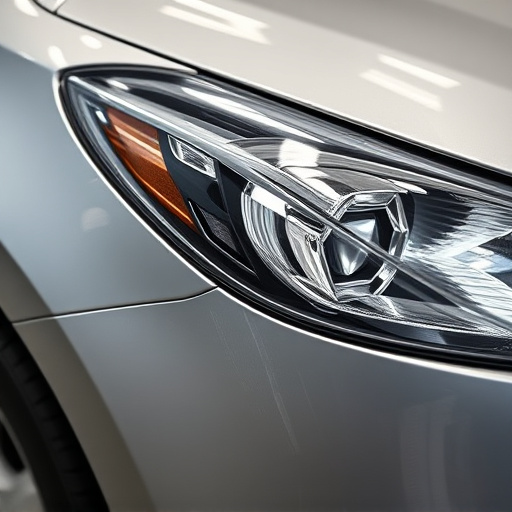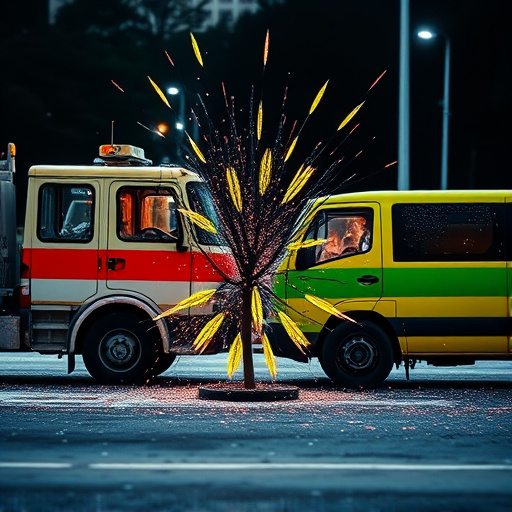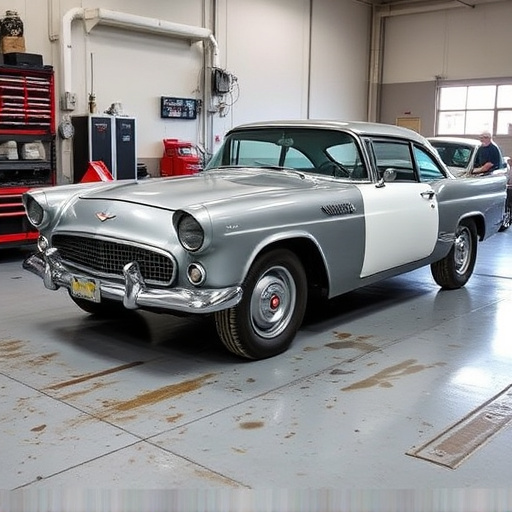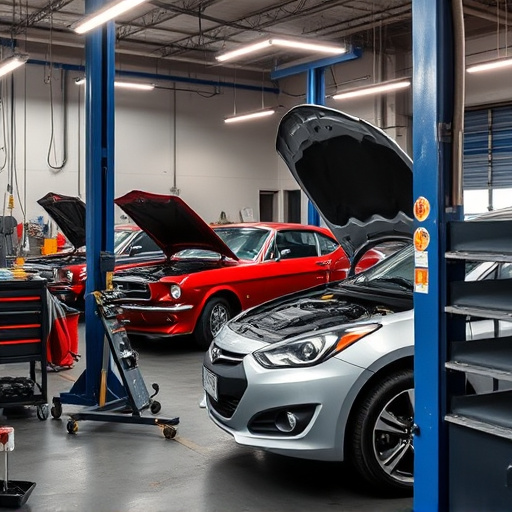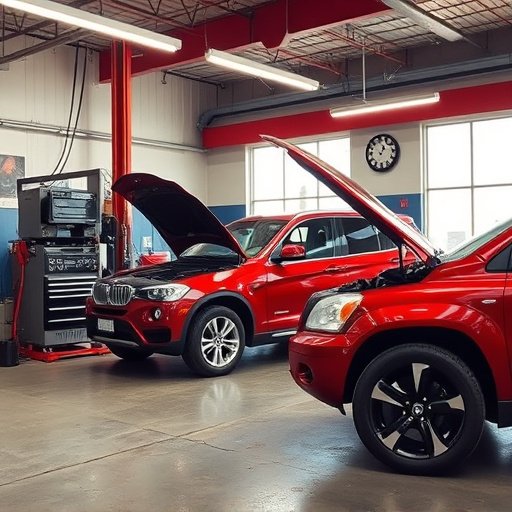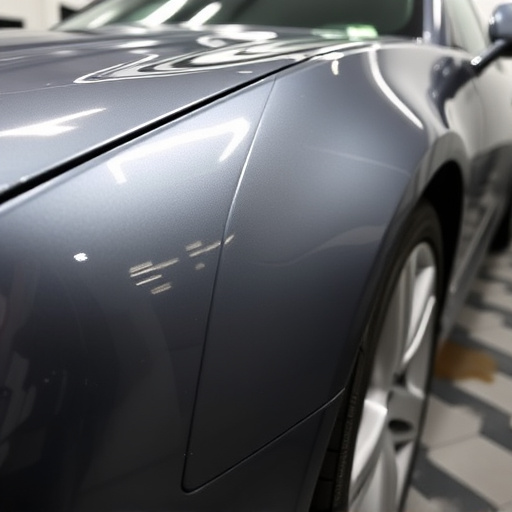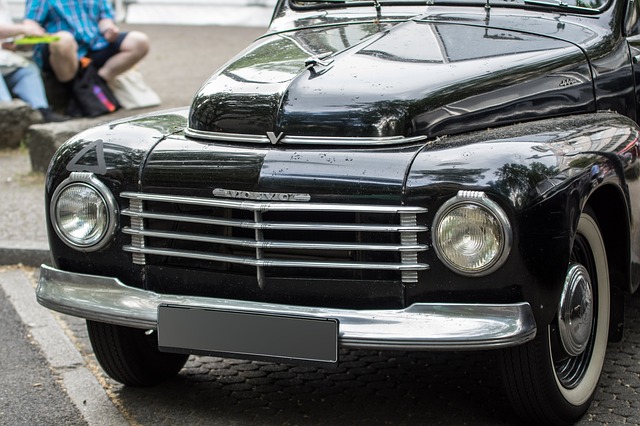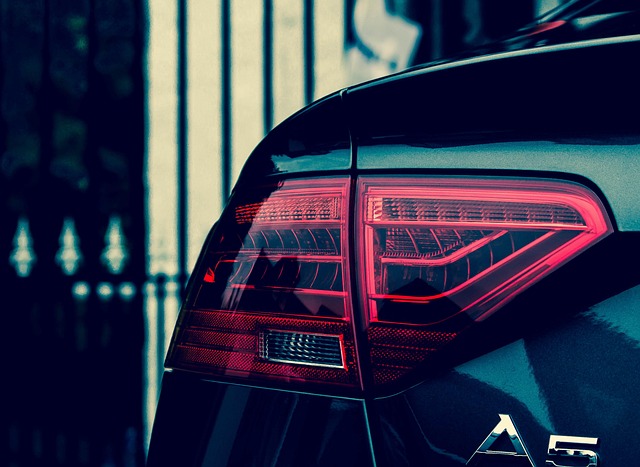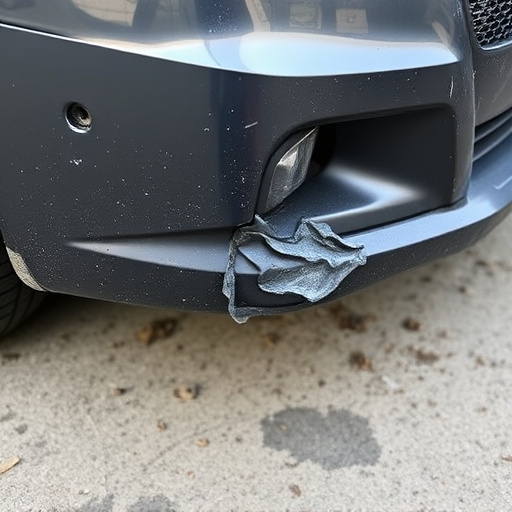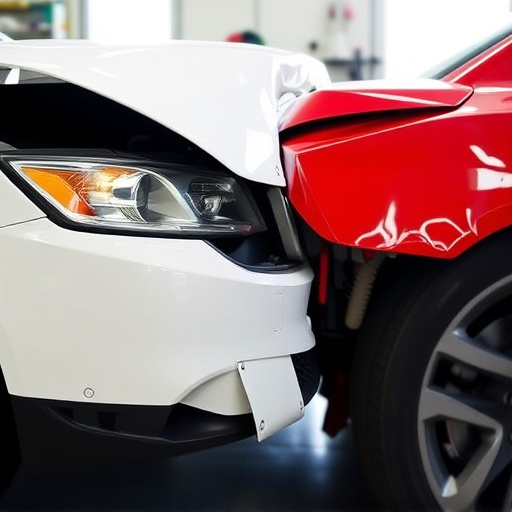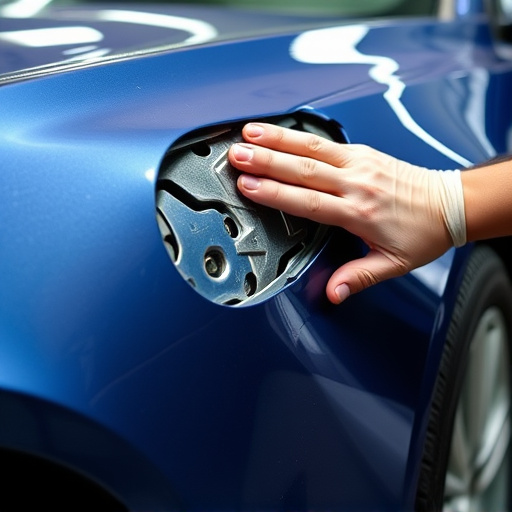Specialty paint application in collision repair goes beyond color matching to achieve flawless aesthetics meeting OEM standards, ensuring visible consistency and structural integrity. Technicians use advanced color theory, light reflection, and chemical compositions for precise matching in car scratch repairs and bumper restoration, minimizing wastage, saving time, and enhancing customer satisfaction. OEM matching sets a higher standard for quality control, fostering client loyalty and business success through exceptional repair services.
In the realm of specialty paint application, Original Equipment Manufacturer (OEM) matching is a game-changer. This precise process ensures that custom paints seamlessly blend with existing vehicle finishes, delivering exceptional aesthetics. Understanding OEM matching involves grasping the fundamentals of specialty paint and its impact on quality. Delving deeper reveals why microscopic precision during application matters, significantly enhancing both efficiency and customer satisfaction for businesses specializing in this domain.
- Understanding OEM Matching: The Basics of Specialty Paint
- Impact on Quality: Why Precision Matters in Application
- Benefits for Businesses: Enhancing Efficiency and Customer Satisfaction
Understanding OEM Matching: The Basics of Specialty Paint
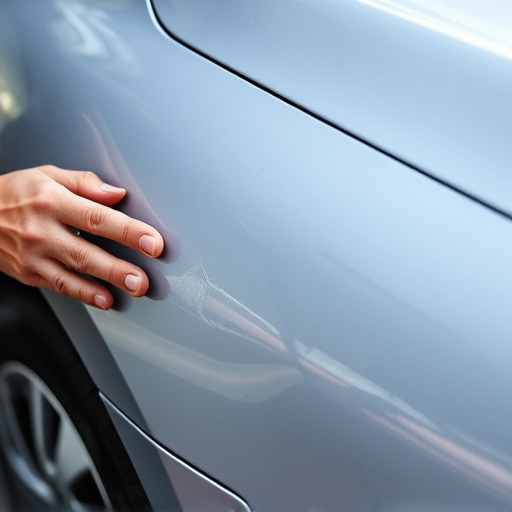
Specialty paint application goes beyond mere color matching; it’s about achieving flawless aesthetics that mimic the original equipment manufacturer (OEM) standards. In the realm of collision repair shops and body shop services, OEM matching is a critical skill. It involves precisely replicating the exact shade, texture, and finish of a vehicle’s original paint job, ensuring no visible differences once the repair or restoration is complete. This isn’t just about achieving visual perfection; it’s also crucial for safety, as inconsistent paint jobs can impact a car’s overall structural integrity and protection against future damage.
For instance, when addressing car scratch repairs, body shop professionals must employ specialized techniques and tools to blend new paint seamlessly with the existing surface. This meticulous process requires a deep understanding of color theory, light reflection, and the unique chemical composition of various paints. In a bustling collision repair shop environment, where multiple vehicles with diverse paint jobs are handled daily, maintaining consistency through OEM matching ensures each car leaves the facility looking as good as new.
Impact on Quality: Why Precision Matters in Application
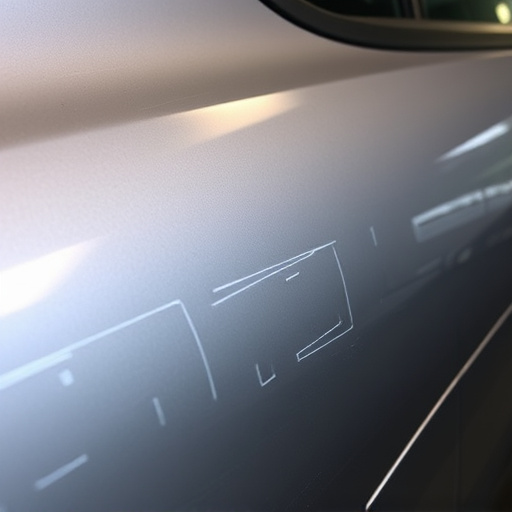
In the realm of specialty paint application, precision is paramount. The intricate nature of this process demands meticulous attention to detail, especially when it comes to OEM (Original Equipment Manufacturer) matching. Ensuring that the paint accurately replicates the original color and finish is not merely an aesthetic concern; it directly impacts the overall quality and longevity of the repair or restoration. Inaccurate application can lead to visible disparities, compromising the vehicle’s appearance and potentially attracting unwanted scrutiny.
For car paint services, especially in bumper repair or auto glass repair scenarios, achieving OEM matching requires a sophisticated understanding of color theory and advanced techniques. Skilled technicians employ specialized tools and expertise to match not just the shade but also the subtle nuances in hue, saturation, and gloss. This level of precision guarantees that the repaired or replaced component seamlessly integrates with the vehicle’s existing finish, maintaining its vibrant, bustling appearance without any telltale signs of alteration.
Benefits for Businesses: Enhancing Efficiency and Customer Satisfaction
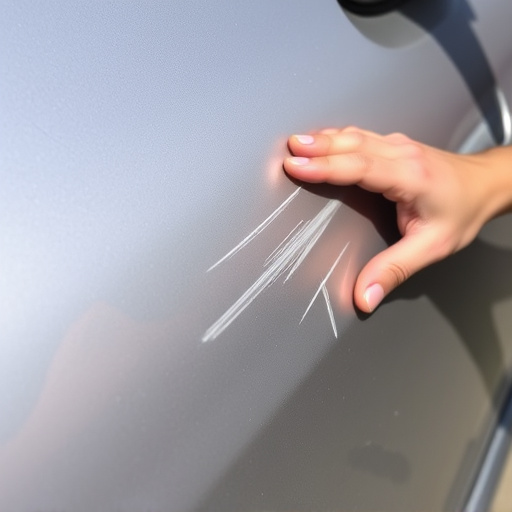
In the realm of specialty paint application, OEM (Original Equipment Manufacturer) matching is a game-changer for businesses. By ensuring that the paint precisely matches the original manufacturer’s specifications, businesses can enhance their efficiency and customer satisfaction significantly. This meticulous process involves using specialized tools and techniques to replicate the exact color and finish of a vehicle’s exterior, including its paint, trim, and other components. Such precision not only saves time but also minimizes wastage, as correct matching reduces the need for additional mixing or blending.
Moreover, OEM matching sets a higher standard for quality control in vehicle repair services and collision repair centers. It ensures that every restored vehicle retains its original aesthetic appeal, enhancing the customer experience. This attention to detail can foster client loyalty and positive reviews, contributing to the overall success and reputation of specialty paint application businesses. In contrast to simple repainting, OEM matching is a specialized skill that requires training and experience, but it offers a distinct advantage in standing out from competitors and delivering exceptional results for auto glass repair and collision repair center services.
OEM matching is an indispensable practice in the realm of specialty paint application, ensuring superior quality and customer satisfaction. By precisely replicating original equipment manufacturer (OEM) colors, businesses can enhance efficiency, reduce waste, and deliver precise results. This precision is vital for maintaining aesthetic appeal and ensuring products meet high standards. In today’s competitive market, adopting OEM matching strategies is a game-changer, fostering trust and boosting business success in the specialty paint industry.
